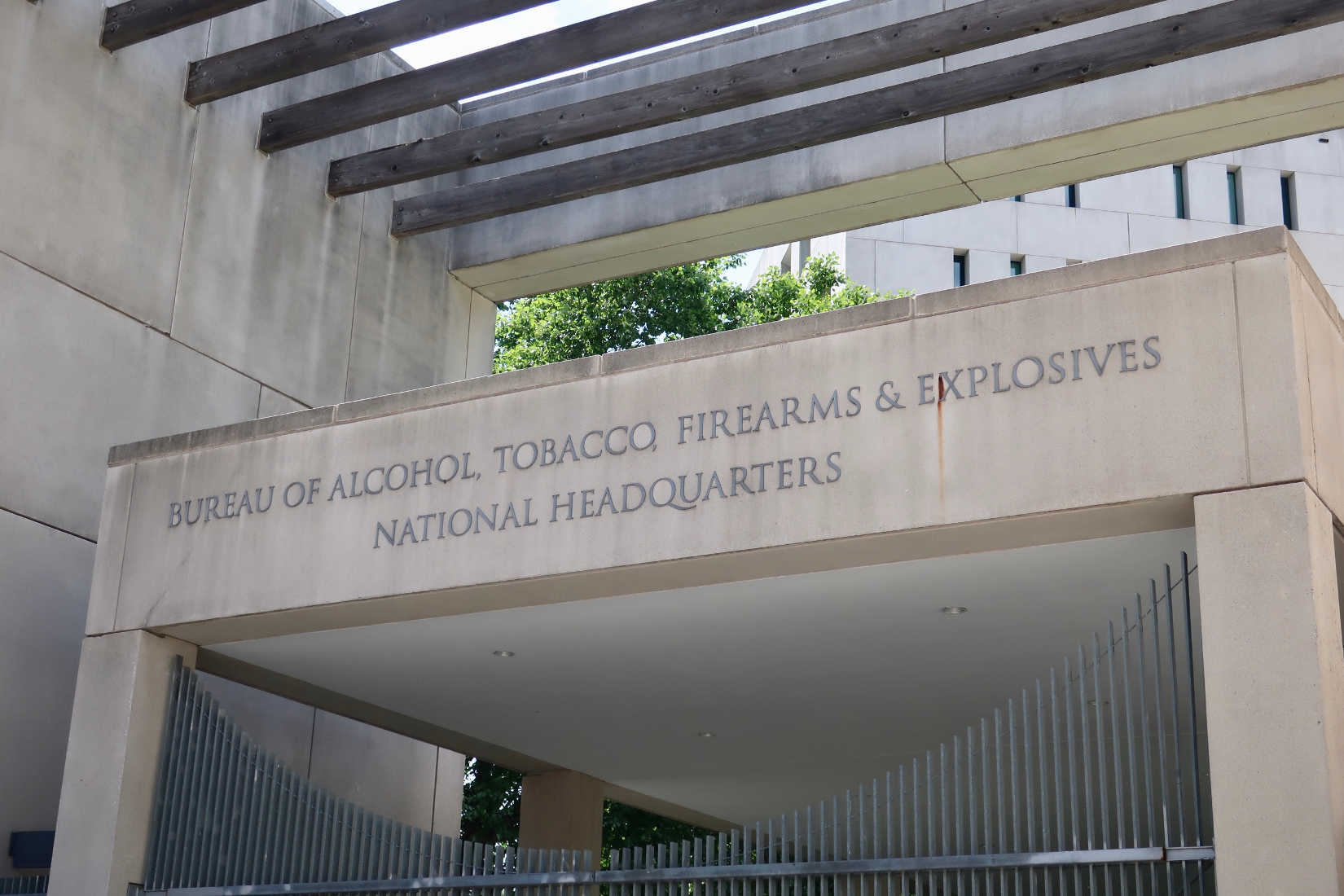By: Peter Suciu
Last month, the Department of Justice (DOJ) released a new proposal that would amend the Bureau of Alcohol, Tobacco, Firearms, and Explosives’ (ATF) regulations to provide a new definition of “firearm frame or receiver” and “frame or receiver.” The DOJ stated that the current regulations fail to capture the full meaning of those terms.
The DOJ also proposed amending ATF’s definitions of “firearm” and “gunsmith” to clarify the meaning of those terms and to provide definitions of terms such as “complete weapon,” “complete muffler or silencer device,” “privately made firearm,” and “readily” for purposes of “clarity” given advancements in firearms technology.
While the DOJ has said this action is for the purposes of “clarity,” this completely upends years of what the industry has accepted as what “is” and what “is not” a firearm. For years, guns have not been seen as the sum of the parts – but rather as the frame or the receiver. This is because the frame or receiver is where the other parts and components integrated together. As it houses the internal action components, for the purposes of U.S. law, the frame or receiver has legally been seen as the firearm.
Evolution in firearm design is clearly the issue to those who wrote the proposed rule change.
“At the time these definitions were published around 50 years ago, single-framed firearms such as revolvers and break-open shotguns were far more prevalent for civilian use than split/multi-piece receiver weapons, such as semiautomatic rifles and pistols with detachable magazines,” the proposal noted.
The proposal also takes aim at privately made guns from standalone parts and weapon parts, as well as by using 3D printers.
“Commonly referred to as ‘ghost guns,’ these privately made firearms (‘PMFs’), when made for personal use, are not required by the GCA (Gun Control Act) to have a serial number placed on the frame or receiver, making it difficult for law enforcement to determine where, by whom, or when they were manufactured, and to whom they were sold or otherwise disposed,” the DOJ’s proposed rule change also stated.
In a message to supporters, the National Association for Gun Rights wrote:
If you don’t already know, a stabilizing brace is a firearm accessory that makes a pistol more steady and safe to shoot.
Braces have absolutely no effect on the functionality of a firearm, and in no way do they make a gun more dangerous.
It is estimated that approximately two million stabilizing braces have been purchased LEGALLY in America in the past decade.
And if the ATF gets away with their ploy, these Americans would become criminals overnight if they don’t register their firearm.
It is a blatant assault on law-abiding gun owners by Joe Biden and his unelected ATF bureaucrats.
The National Rifle Association’s Institute for Legislative Action (NRA-ILA) has described the proposed change as being at odds with the controlling federal statue and warns that it could disrupt the entire industry. The NRA-ILA suggested changing the definition of a receiver/frame would create entirely new marking requirements for certain Federal Firearm Licensees that have no basis in federal statutes.
The NRA-ILA also warned, “Due to the discretionary scheme created by the rule, the ATF Director would be given an incredible amount of power over the firearm industry. This comes at a time when President Biden has nominated anti-gun lobbyist and gun ban proponent David Chipman to head the ATF.”
The proposed rule by ATF is now in the public comment period, which will end on August 19, 2021. To date, there have been more than 46,000 comments. The NRA-ILA has urged all supporters of the Second Amendment to voice their concern. ATF also provided the following contact information for any questions regarding the proposed rule:
Andrew Lange, Office of Regulatory Affairs, Enforcement Programs and Services, Bureau of Alcohol, Tobacco, Firearms, and Explosives, U.S. Department of Justice, 99 New York Ave. NE, Mail Stop 6N-518, Washington, DC 20226; telephone: (202) 648-7070 (this is not a toll-free number).
The NRA-ILA encouraged that anyone offering comment keep the following in mind:
*Comments must be professional and respectful. While it is extremely frustrating, to say the least, that the Biden Administration is attempting to blame law-abiding gun owners for the actions of criminals, making comments that include profanity will make it easy for ATF to summarily reject those comments.
*Comments should focus on the arbitrary nature of the proposed rule. The fact that it is essentially impossible to determine when a piece of metal or plastic becomes a firearm under the proposed rule and leaves such an important determination to administrative fiat makes the proposed rule incompatible with American principles of due process of law.
*Comments should be individualized and focus on how the proposed rule would impact the commenter. ATF will treat all identical comments as a single comment, so it is important to avoid using a form comment.
Comments can be submitted directly through regulation.gov.
Peter Suciu is a Michigan-based writer who has contributed to more than four dozen magazines, newspapers and websites. He regularly writes about military small arms, and is the author of several books on military headgear including A Gallery of Military Headdress, which is available on Amazon.com.

